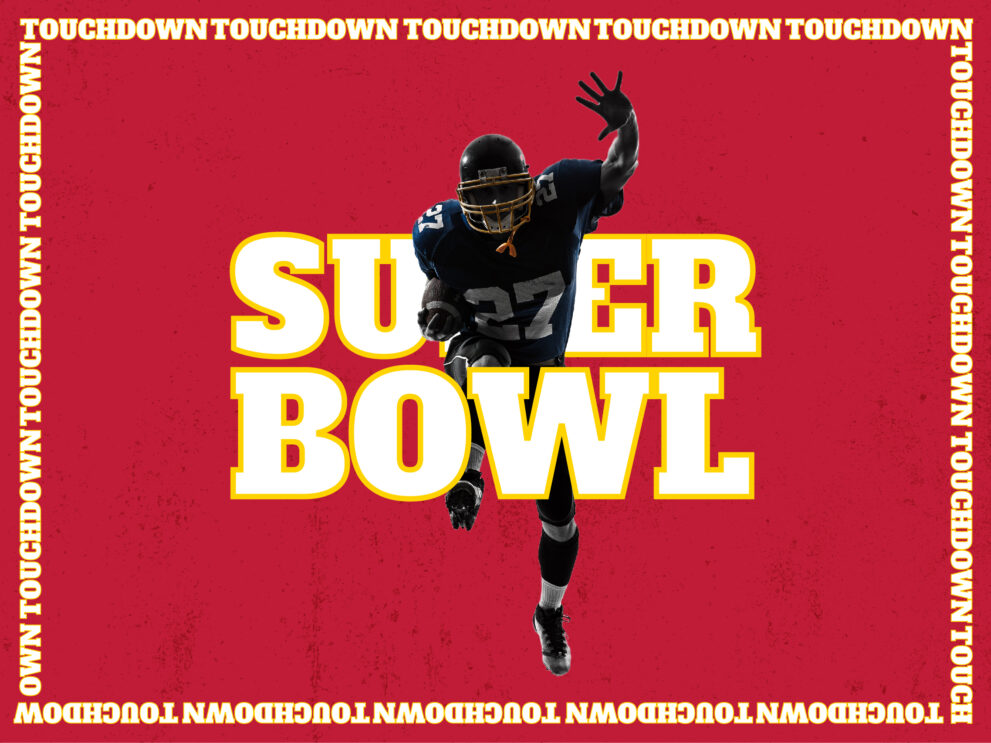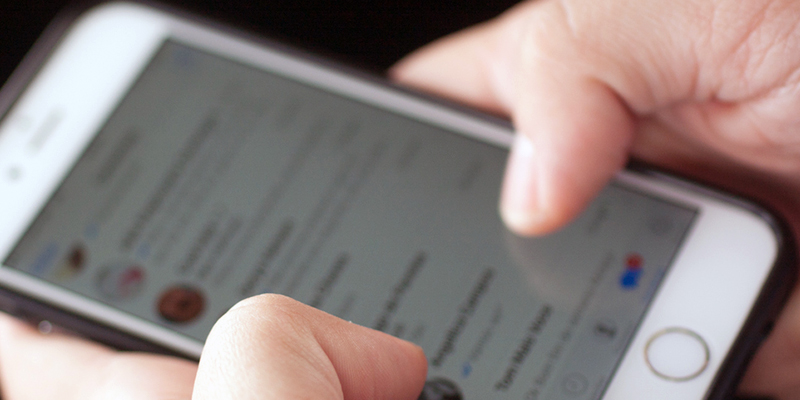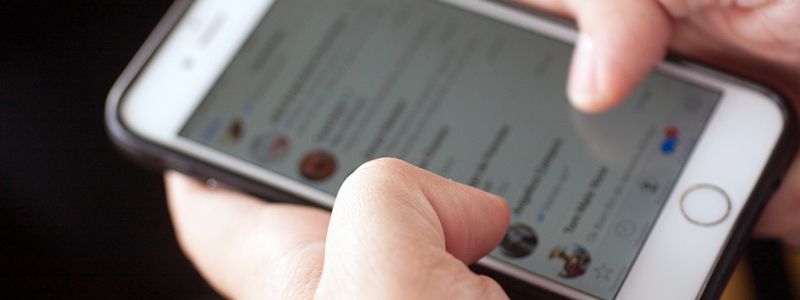

As a child I primarily used the computer for drawing boxes on Microsoft paint and for playing Harry Potter flash games and then 2007 happened and I discovered a whole new use for the internet and a brand new way to procrastinate. Yes, I finally discovered the world of social media.
From the early days of Piczo and Bebo, through to eventually signing up to the force that was Myspace, where you could happily spend hours customising your own Myspace profile, making your top 8 friends list perfect and relentlessly promoting your own selfies with endless “PC4PC” comments. Myspace was great.
In fact, I think I enjoyed Myspace, even more than current social media platforms, the ridiculous gifs, crazy backgrounds, autoplaying music, the ability to post bulletins, it was by no means perfect, but ultimately Myspace was fun.
And then everyone left for Facebook, a new shiny website that offered to a place to be your real self, connect with people you know in real life and also provided a much more organised interface, that worked on a larger level than Myspace’s crazy user experience ever really did.
Facebook has come a long way since it’s increase in popularity in 2009, with a number of changes implemented and the focus on ads and businesses becoming even greater. What was originally a platform used as a distraction from work or something that we used in our spare time has rapidly grown into a huge phenomenon, one embedded into our culture, our shopping experiences, businesses, marketing and even dating.
How Social Media Has Changed Since 2007
The social media we’re using now, barely compares to how we were using social media in 2007, appearing now as a force rather than just another fun place to socialise online. But how has social media influenced our lives? and how is it likely to develop even further? Let’s take a look.
Increased Awareness Of Online Strangers
Back in the late 90s and early 2000s, speaking with others online was a different ballgame there was much less focus and potentially understanding on exactly “who you are” and “who you’re speaking to” online. In fact it was easier and much more popular to create idealised versions of yourself online, with anonymity allowing for internet users to present a different version of themselves to world.
As Facebook was introduced, it brought with it the idea of using your actual name, photos, job details, education details, all in all real life information in order to create a real and authentic profile. With society growing more aware of the real dangers of speaking with people they don’t really know online, the social media world changed. And now more policies are in place for those using fake profiles or stealing other people’s images to be used elsewhere.
Older Audiences
Unlike Myspace and it’s audience of 13-24 year olds, social media is now embraced by many, including older audiences. In fact Facebook is becoming increasingly used by older age groups, with younger audiences preferring apps such as Instagram and Snapchat for their social media fix. Much of this comes down to the way social media is now perceived, with older audiences wanting to use platforms to keep in touch with old friends, family and even their favourite brands.
Despite not everyone getting used to social media platforms, it’s user demographic has come a long way from a place for teenagers to correspond with each other, however it’s important to note that as changes continue with these site, it’s not unlikely for audiences to grow tired and fall out of favour with them.
Digital Marketing
Social media has essentially always been a marketing tool, from promoting yourself to gain more friend requests and picture comments, to promoting your business in order to generate more sales, leads and engagement, social media was always about promotion. It’s only now however that the lines have gotten much blurrier, these days with paid promotions and an increased awareness of social influencers and sponsored posts, there’s been a huge shift in how we socialise and market on social media platforms.
If anything social and digital marketing has just started to play a larger part in the social media world, where ads we often plastered all over Myspace, these days ads are still featured heavily on Facebook, Twitter, Instagram and even Youtube, the only difference being, they’re much more clever. Not only are they targeted for appropriate audiences, they’re also much more subtle, built on proper advertising platforms but those willing to pay to promote their content.
The Future Of Social Networking
It’s been ten years since social media really started making a splash and plenty has changed, with much more focus being placed on the advertising and monetisation of social media platforms, rather than being used as a place to engage with others. Unfortunately there’s no definite way to know where exactly social media platforms are going to go next, however there’s still a number of things to consider.
Personalisation
Social media platforms are already starting to understand that customisation and personalisation are in demand and are starting to offer personalised experiences on Facebook, Twitter and Instagram. By giving more control to users on the type of content that appears in news feeds, they’re already giving users the power to optimise their experience, allowing for an expansion of this in coming years through AI’s which could adapt the news feed experience for users.
Virtual Reality
Virtual and augmented reality has quickly evolved, with many viewing it as the future of many industries, incising the social media world. With Instagram and Snapchat already using augmented reality it could be possible that Facebook and Twitter will start utilising the feature, incorporating these features into their video and status options, creating a much more engaging experience.
Monopolisation
Much like Google and it’s dominance over most of the internet, it’s entirely possible that eventually we could see one major player coming to the forefront and taking ownership of all social media platforms. With Facebook recently purchasing Instagram, it seems likely that it’ll be a matter of time before they attempt to acquire more platforms, creating one huge all in one social media experience, rather than a number of separate platforms.
It’s safe to say that social media has come a long way since the days of Bebo and Myspace, especially for businesses and organisations. What worked in 2007 wouldn’t work for professional companies in 2017 and while it continues to offer a great experience for users, it’s a much more serious experience compared to the days of glitter graphics and gifs.
Where social media is likely to go from here can’t be determined for definite, but with the changes that have taken place in the last 10 years, it’s safe to say that there’s still plenty of changes afoot.






